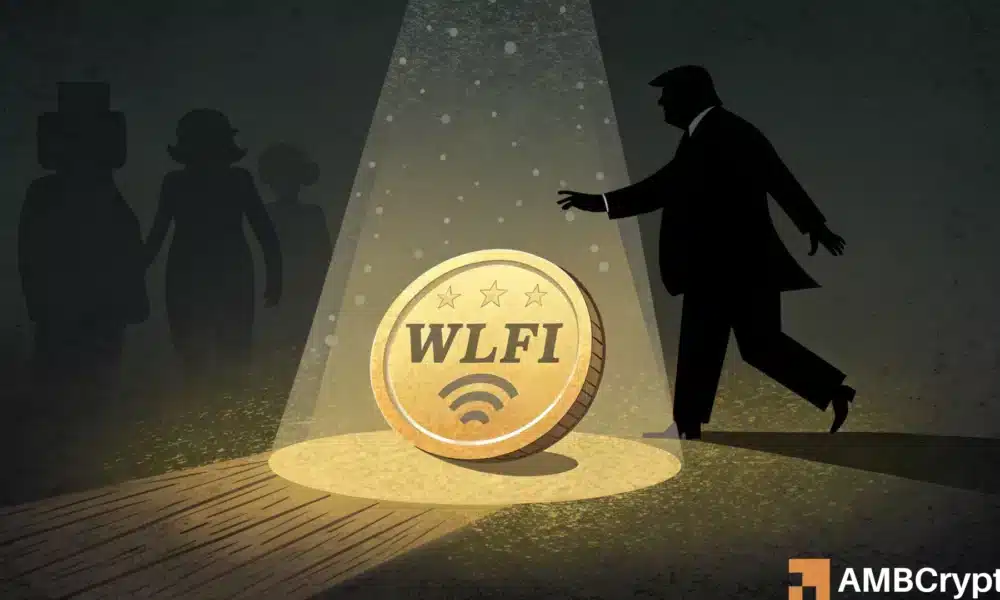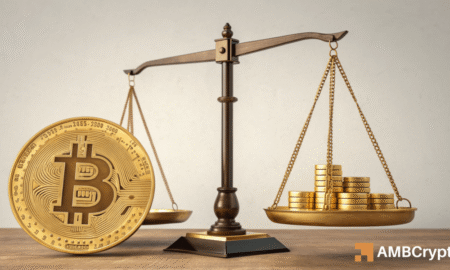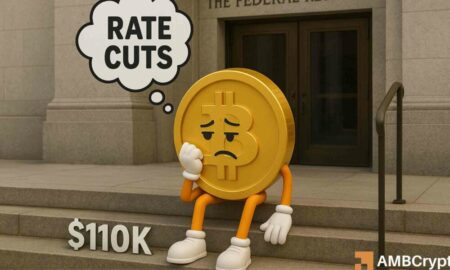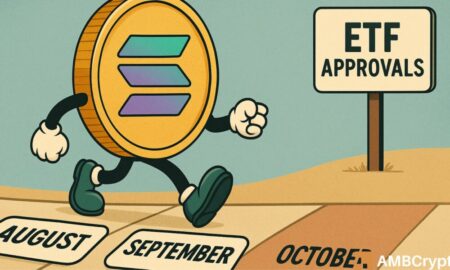The WLFI Token: Early Access, Centralization, and Future Prospects
The WLFI token, heavily backed by former President Donald Trump, has generated considerable attention within the cryptocurrency community. However, potential investors will need to wait for public trading access, as only those who participated in the initial public sale at prices of $0.015 and $0.05 will be able to trade the token at its launch. Unlike many other projects, WLFI has opted out of a private sale, thereby minimizing the risk of backdoor allocations that can undermine investor confidence. As it stands, tokens allocated to the team, advisors, and founders will remain locked, and any future unlocks will be determined through community voting, illustrating an attempt at inclusivity.
While the WLFI team has confirmed that public access will initiate only after being listed on centralized exchanges, they have hinted at an upcoming rewards program to incentivize user engagement once trading is available to a broader audience. This dual approach of vibrant community involvement and trading incentives aims to lay down the groundwork for a successful market entry. Nevertheless, as the project approaches its launch, questions linger regarding the true degree of decentralization the token can achieve in practice.
Despite efforts to promote a decentralized ecosystem, a closer examination of the WLFI token reveals that control remains heavily concentrated among a few key players. Notably, Trump himself holds a staggering 15.75 billion governance tokens, amounting to a significant portion of the total supply. Additionally, entities affiliated with Trump’s family control 40% of the WLFI supply, a noteworthy reduction from 75% recorded in December 2024 but nonetheless indicative of potential centralization concerns. As the cryptocurrency landscape warns against the dangers of centralized control, the question of how WLFI will navigate these waters becomes increasingly pertinent.
The growing interest in WLFI is illustrated by substantial recent investments from notable figures in the crypto world. Noteworthy contributions include crypto billionaire Justin Sun, who increased his investment from $30 million to $75 million, demonstrating a keen interest in the token’s future. In addition, DWF Labs invested $25 million in April, while the Aqua 1 Foundation, a UAE-based entity under scrutiny, made headlines for acquiring $100 million in WLFI tokens last month. Such large-scale investments illuminate a trend of institutional dominance that threatens to overshadow the project’s purported decentralization efforts.
While WLFI has made strides in assembling a user-friendly atmosphere for potential investors, the reality of its governance structure raises concerns about whether the project can indeed step out from under Trump’s shadow. With a considerable percentage of its supply still dominated by Trump-linked entities and further investments from institutional giants, the future of WLFI appears precarious. The initial unlocking of tokens may facilitate broader engagement, but meaningfully shifting governance toward genuine community participation will require strategic maneuvering within the next few months.
As the WLFI project approaches its broader launch phase, the cryptocurrency community will be closely monitoring its trajectory. The emerging trend of whale and institutional investments underscores a critical challenge for the token: reconciling the promise of decentralization with the reality of systemic control by powerful stakeholders. In impending weeks, it will be pivotal for WLFI to demonstrate its commitment to democratizing access while addressing these centralization concerns. How effectively it can navigate these complexities will dictate its success and long-term viability in an ever-evolving blockchain landscape.
By observing WLFI’s developments, investors and crypto enthusiasts alike will gain insight into the delicate balancing act necessary to build a truly decentralized platform. The potential of WLFI to evolve beyond mere speculation into a community-driven venture will largely depend on its ability to engage broader stakeholders while mitigating the risks associated with heavy concentrations of power. In a world where the promise of cryptocurrency lies in its decentralization, WLFI must chart a course that aligns its practices with governance and transparency principles, thereby ensuring that it works for the community and not just a select few.
















